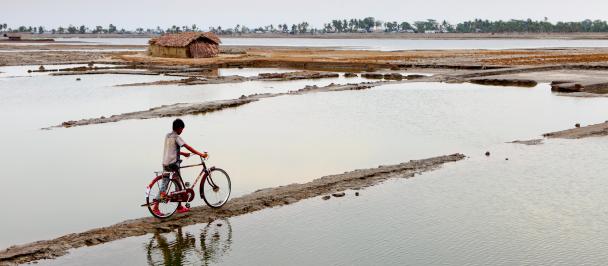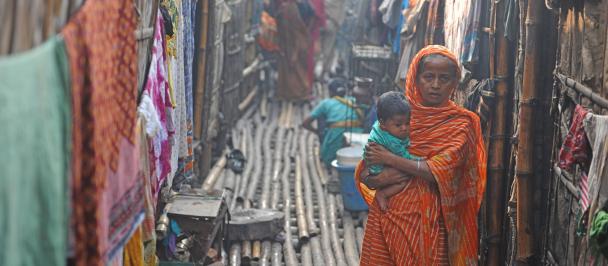It has been difficult to scroll through my newsfeed on social media for the past couple of months without feeling alarmed. In Bangladesh, a dengue fever outbreak was dire. There was panic, with people urgently seeking blood, information on which hospitals had available beds, and complaining about the rising prices of mosquito repellants. On a single day in August, nearly 2,500 dengue patients were admitted in hospitals in the country, breaking all records. It has been the worst outbreak in the country’s history.
Dengue is a mosquito-borne viral infection with flu-like symptoms, which can cause lethal complications especially among children, the elderly, and pregnant women.
In the last 50 years there’s been a 30-fold increase in dengue cases. Among an estimated 2.5 billion people at risk for dengue, 70 percent of them are in the Asia-Pacific region.
The numbers are telling:
- Philippines declared an epidemic, with 622 deaths, and dengue affecting a staggering 146,000 people.
- In Thailand this year, the numbers doubled from last year to 20,000 cases, with children suffering the most.
- From January to August, 200,000 people in Sri Lanka contracted dengue, and more than 100 died.
There is no specific treatment for dengue, but early detection and proper medical care can lower mortality to below one percent.
Changing patterns of rainfall, humidity and temperature linked to climate change are leading to longer breeding spells for the mosquito species that carries the virus, and shortening disease incubation times.
This is causing dengue epidemics to become much more unpredictable in terms of when and where they occur, and their scale, overwhelming health systems.
Rapid and unplanned urbanization, living conditions for the urban poor and lack of sanitation are all contributing to a surge in numbers of people catching vector-borne diseases such as dengue.
Governments are responding to these outbreaks the best they can. Emphasis has been on effective vector control, mass media awareness campaigns, and strengthening health systems to deal with the increasing numbers of patients.
However, preparedness is key, and early warning systems are essential to increase our ability to predict, detect early and respond to outbreaks.
Viet Nam is pioneering a system that can serve as a model for other countries. The country is using satellite data on precipitation and atmospheric pressure, combined with health and water information to produce a dengue-forecasting model designed for this new reality.
The initiative is supported by the UNDP, the World Health Organization, the UK Space Agency, HR Wallingford, the London School for Hygiene and Tropical Medicines, the UK Meteorological Office and Oxford Policy Management.
The innovative approach looks at dengue and the health effects of climate change as an interaction between the environment and public health.
When complete, beneficiaries will be able to receive alerts for dengue outbreaks, and policy-makers will be able to look at assessments of vector-borne disease risk under future climate and land-use change scenarios.
A recent study estimated that two billion more people could be affected by dengue by the year 2080, and that increase comes largely comes from population growth in areas already at risk.
The world can learn from Viet Nam.

 Locations
Locations

